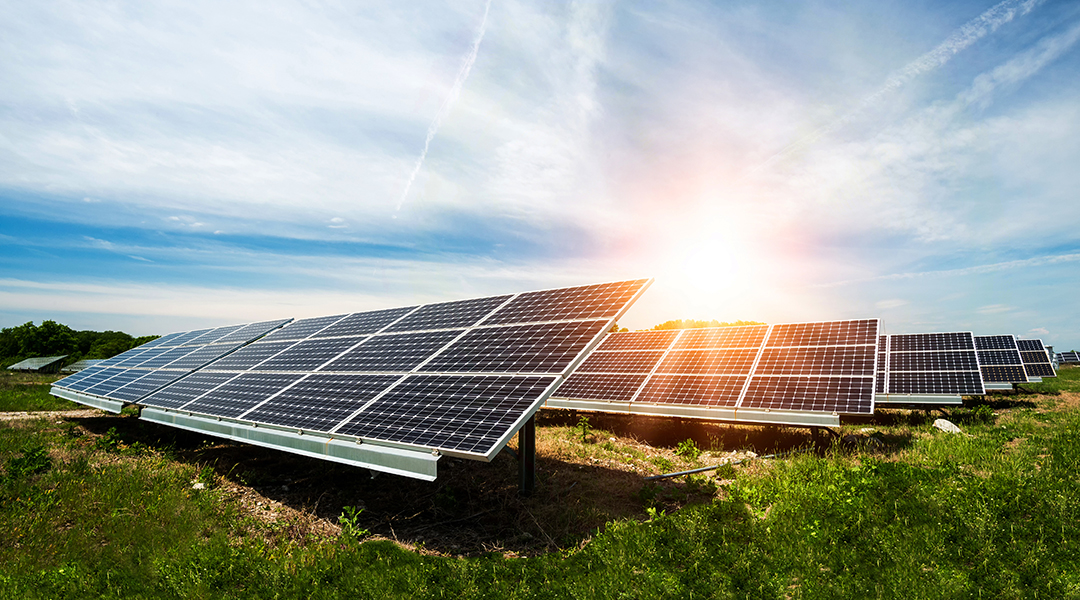Posted on . Written by GreenFutureWriters
As we grapple with the reality of climate change and its impact on our planet, the quest for sustainable energy solutions has led us to solar power. Solar cells, a cornerstone of this technology, claim to offer a cleaner, more sustainable form of energy. But are they as eco-friendly as we believe? In this deep dive, we’ll explore the lifecycle of solar cells to understand their environmental footprint.
What is a Solar Cell?
A solar cell, or photovoltaic (PV) cell, is a device that converts sunlight directly into electricity through the photovoltaic effect. Composed of semiconductor materials like silicon, these cells are the building blocks of solar panels, which can be installed on rooftops or in large solar farms.
The Environmental Impact of Solar Cells
To assess the eco-friendliness of solar cells, we must consider their entire lifecycle:
- Manufacturing Process:
- The production of solar cells involves the extraction and processing of raw materials, such as quartz sand for silicon.
- Manufacturing consumes energy and water, and if not managed properly, can lead to hazardous waste.
- Operation and Energy Production:
- Solar cells produce clean energy without emitting greenhouse gases during their operation.
- A solar panel’s lifespan can range from 25-30 years, significantly reducing its carbon footprint over time.
- Disposal and Recycling:
- End-of-life management of solar cells is critical. Proper recycling is essential to minimize waste.
- Recycling processes for solar panels are being developed, but availability and efficiency vary across regions.
Advantages of Solar Cells
Solar cells offer numerous environmental benefits which include:
- Reduction of air pollution
- Decreased reliance on fossil fuels
- Minimal water usage for energy production
- Generation of renewable and sustainable energy
These advantages make solar cells a compelling option for eco-conscious individuals and policymakers alike.

Credit: youmatter.world
Challenges and Considerations
While solar cells are a step towards a greener future, some challenges must be addressed:
- Initial energy and resource-intensive manufacturing process
- Proper disposal and recycling infrastructure is not universally available
- Potential for habitat disruption when constructing large solar farms
Eco-Friendly Innovations in Solar Technology
Researchers and manufacturers are striving to make solar cells more eco-friendly by:
- Developing new materials with lower environmental impact
- Improving the efficiency of solar cells to reduce the number required
- Creating more effective recycling methods to reclaim valuable materials
Frequently Asked Questions
How Eco-friendly Are Solar Cells?
Solar cells generate clean energy without emitting pollutants, significantly reducing environmental impact compared to fossil fuels.
What’s The Lifespan Of A Solar Cell?
Solar cells typically last 25-30 years, after which they can be recycled to minimize waste.
Do Solar Cells Reduce Carbon Footprint?
Yes, solar cells reduce carbon footprint by providing renewable energy and decreasing reliance on carbon-emitting energy sources.
Can Solar Panels Be Recycled?
Solar panels are recyclable, with current technologies allowing for the recovery of various materials used in their production.
Conclusion
When considering the question of whether solar cells are eco-friendly, the answer is nuanced. Solar cells provide a cleaner, renewable source of energy that, on balance, has a lower environmental impact than traditional fossil fuels. The eco-friendliness of solar cells dramatically increases when paired with sustainable production, usage, and disposal practices.
“`
Please Note: The above HTML markup showcases a structured format for a blog post on “Is A Solar Cell Eco-Friendly?” including SEO-friendly content. It incorporates meta tags with relevant keywords, a clear hierarchy of headings, and appropriate usage of lists and sections. To optimize for search engines further, more specific keywords, high-quality backlinks, and regular updates to the content are encouraged.

